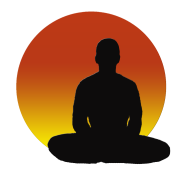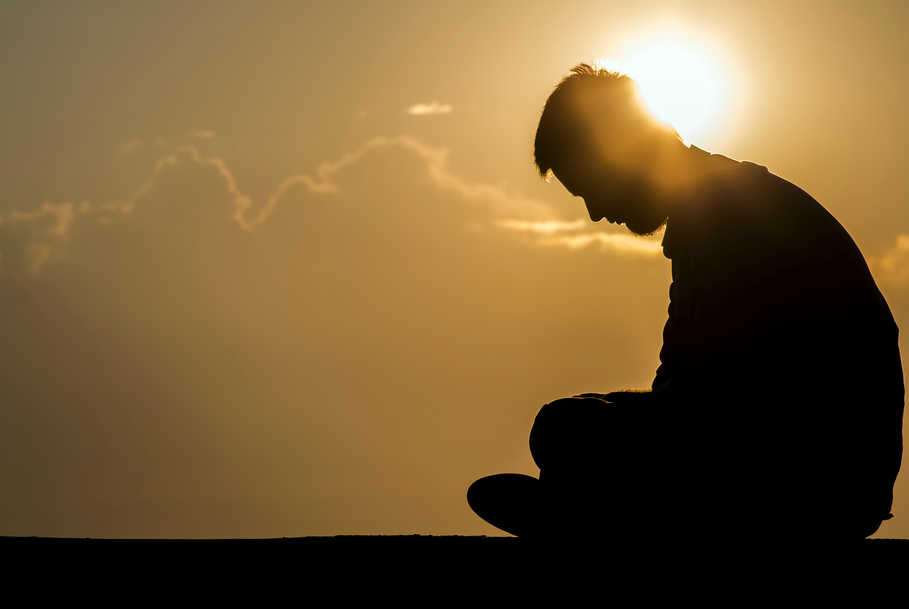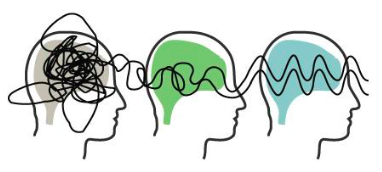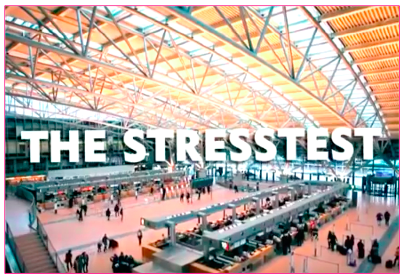4 Relaxation Techniques
 Condensed from Harvard Health Publications
Condensed from Harvard Health Publications
A relaxation response is the opposite of the stress response. It’s a state of profound rest that can be elicited in many ways. With regular practice, you create a well of calm to dip into as the need arises.
Here Are The Four Suggestions:
Breath focus. In this simple, powerful technique, you take long, slow, deep breaths (also known as abdominal or belly breathing). As you breathe, you gently disengage your mind from distracting thoughts and sensations. This technique may not be appropriate for those with health problems that make breathing difficult, such as respiratory ailments or heart failure.
Body scan. This technique blends breath focus with progressive muscle relaxation. After a few minutes of deep breathing, you focus on one part of the body or group of muscles at a time and mentally releasing any physical tension you feel there.
Guided imagery. For this technique, you conjure up soothing scenes, places, or experiences in your mind to help you relax and focus. You can find free apps and online recordings of calming scenes—just make sure to choose imagery you find soothing and that has personal significance.
Mindfulness meditation. This practice involves sitting comfortably, focusing on your breathing, and bringing your mind’s attention to the present moment without drifting into concerns about the past or the future. Read more.





